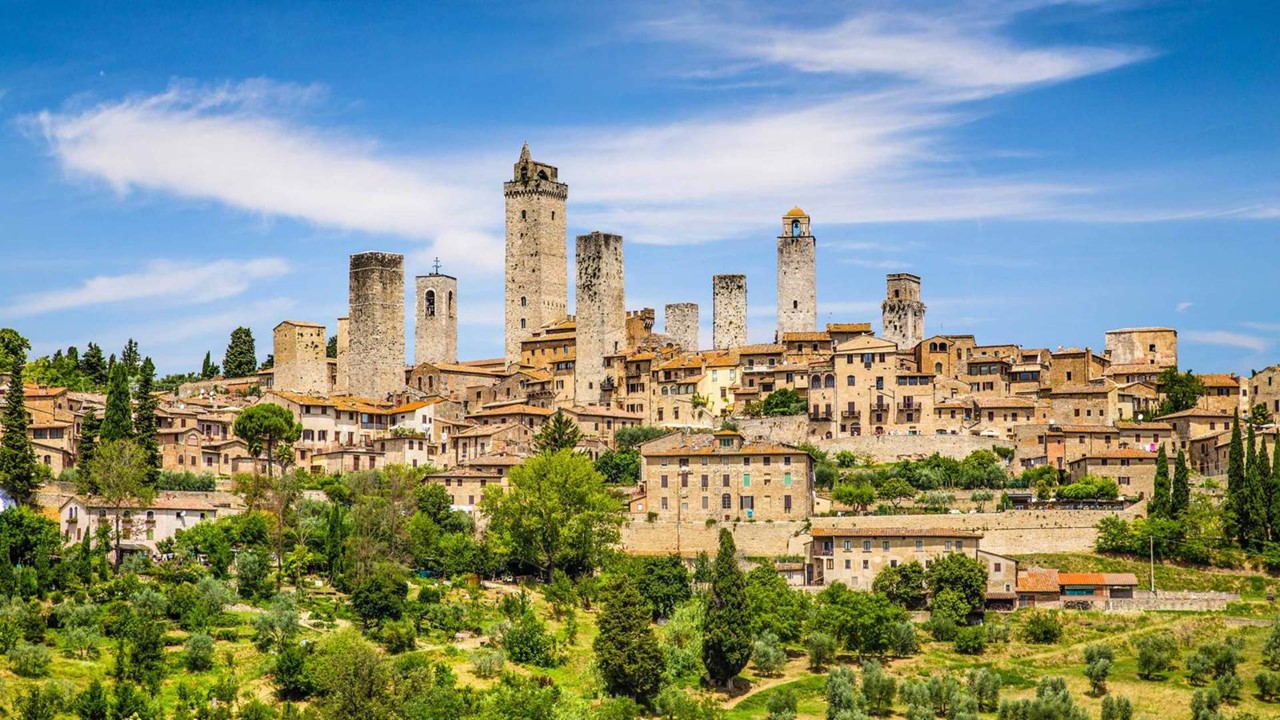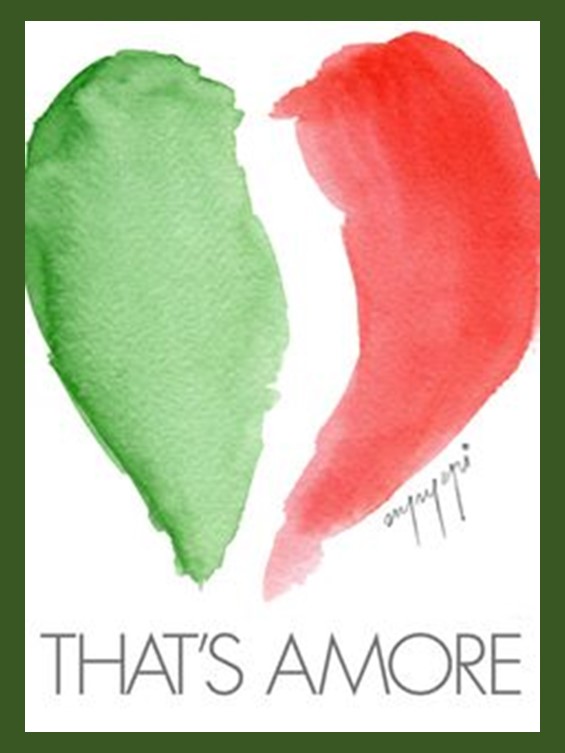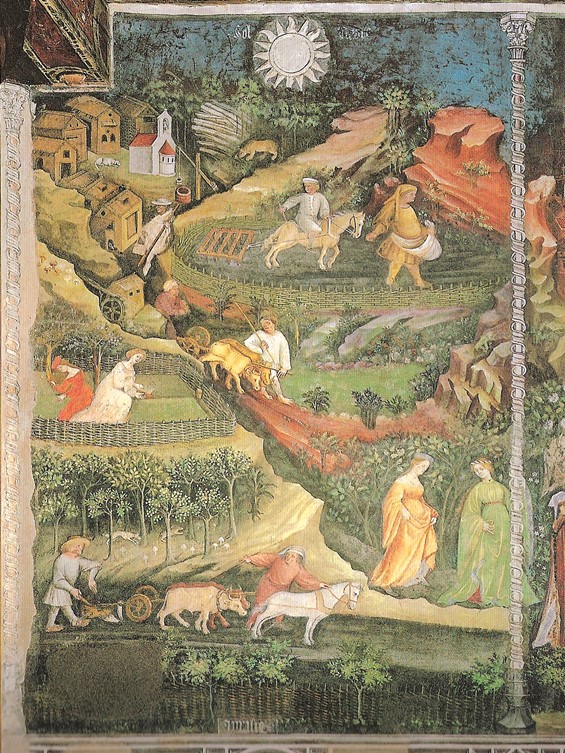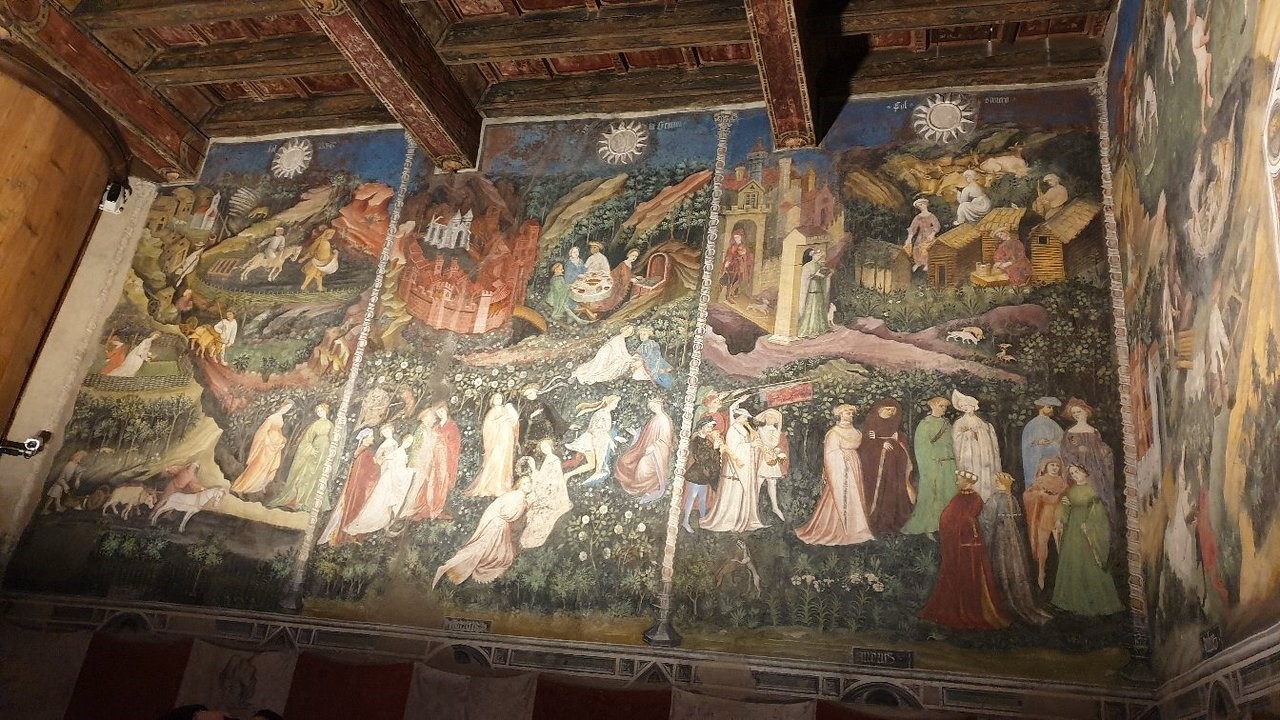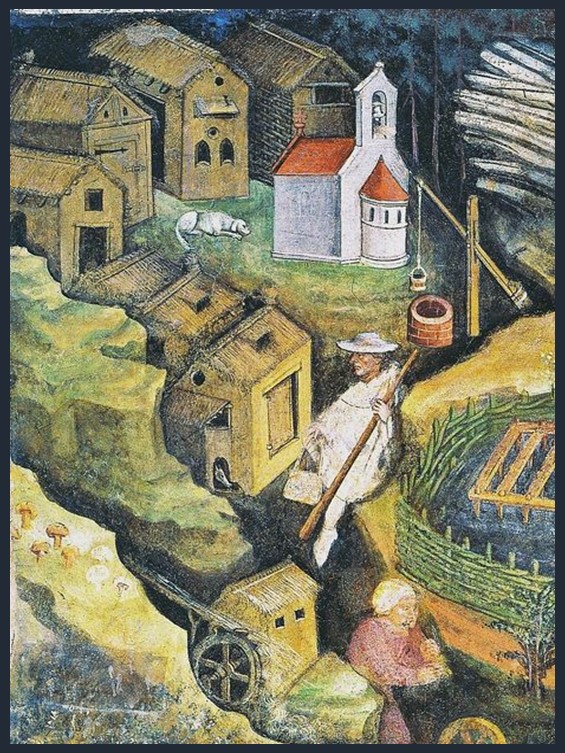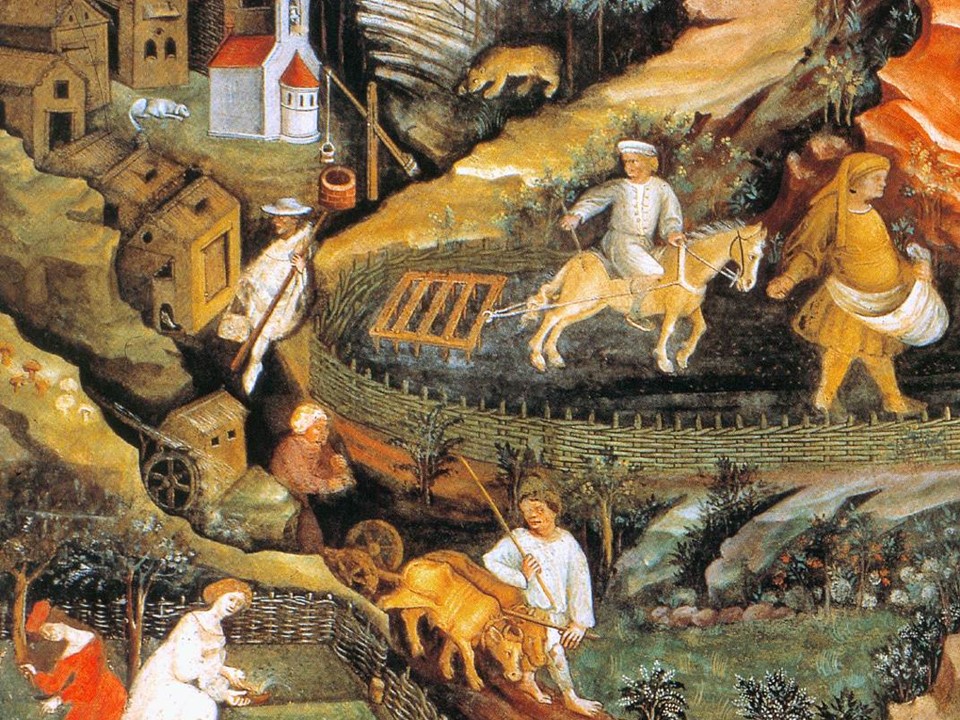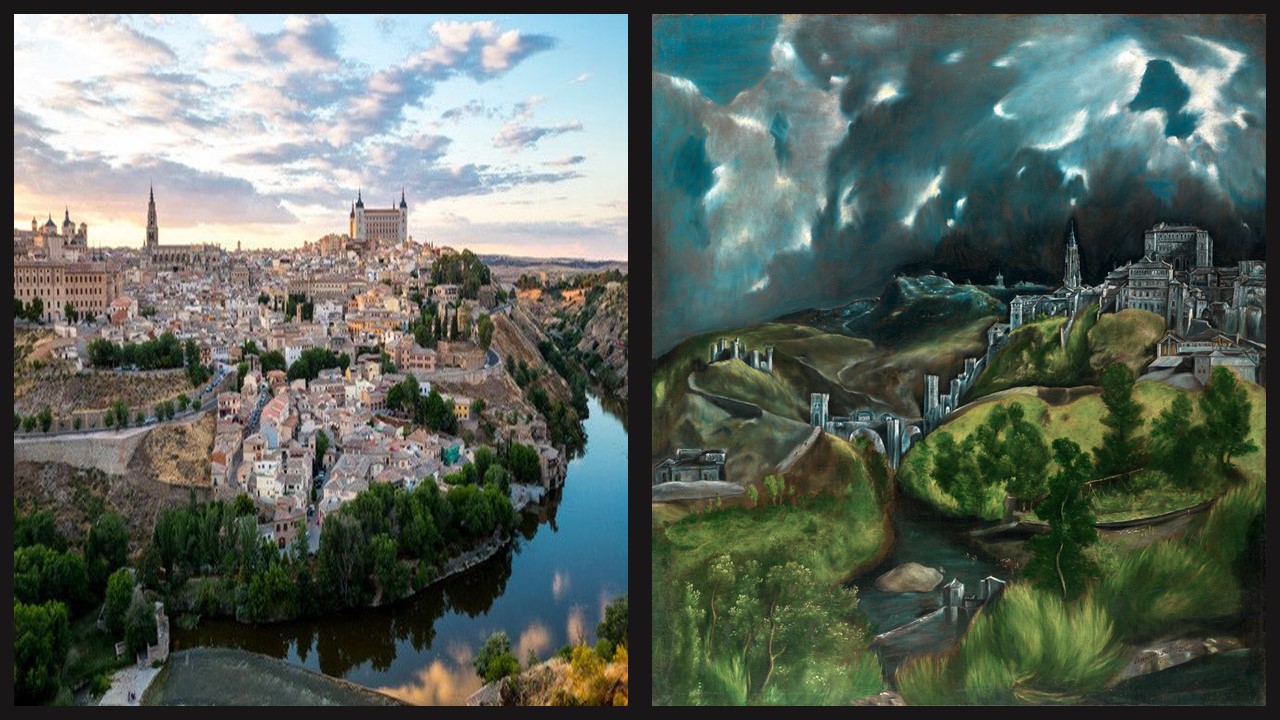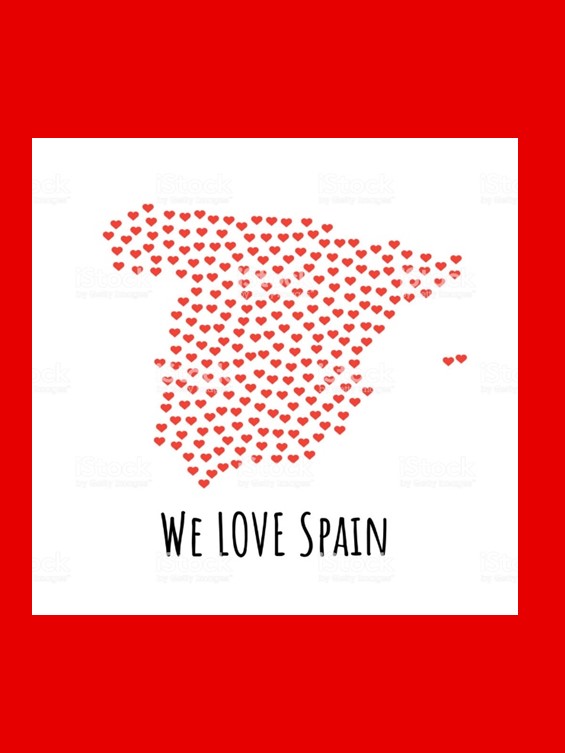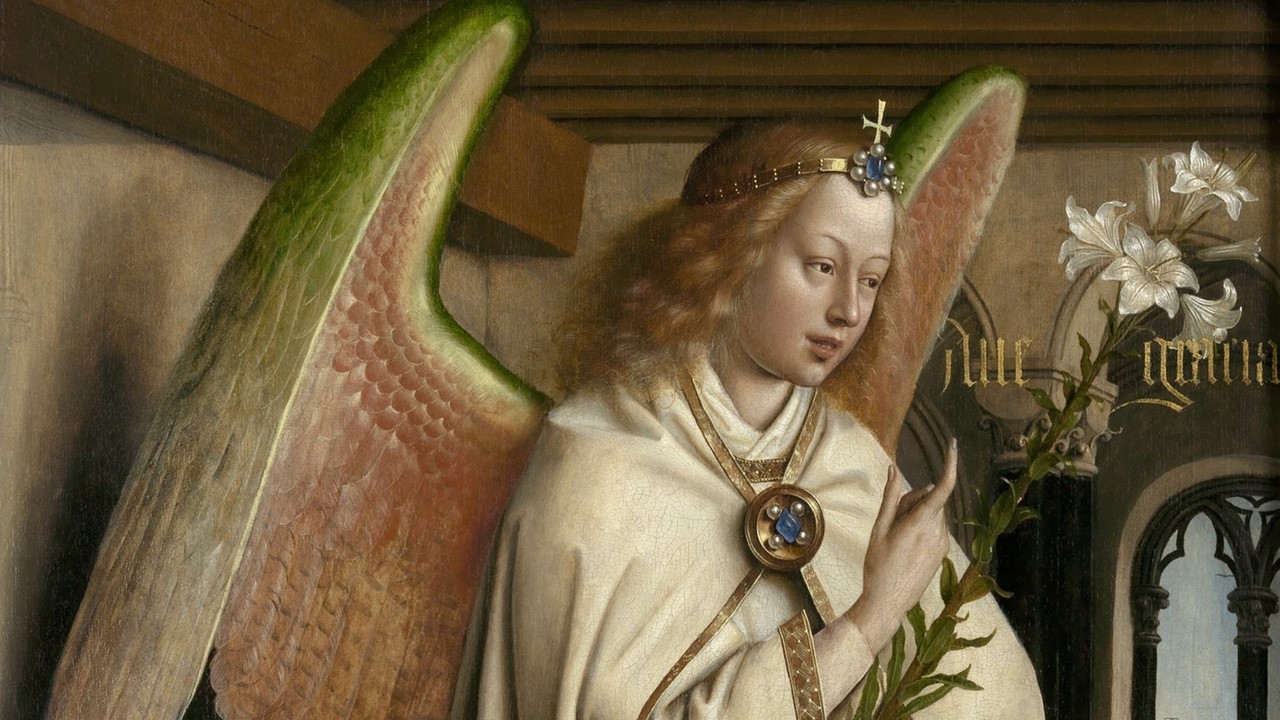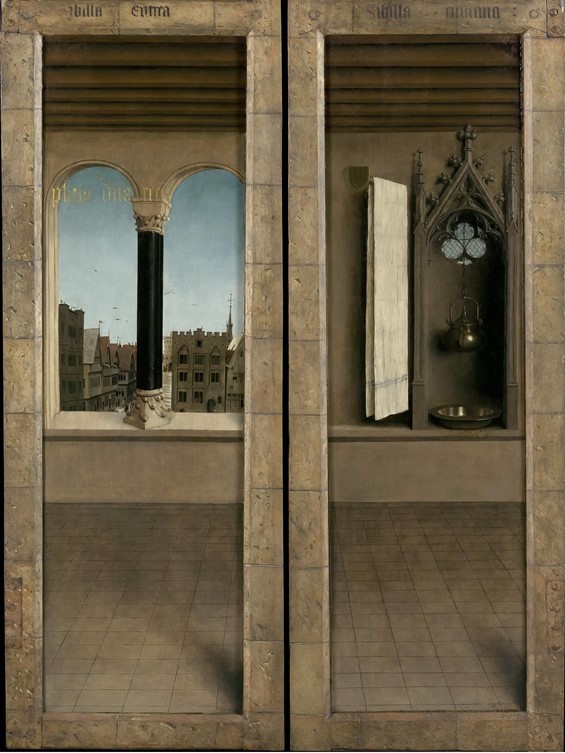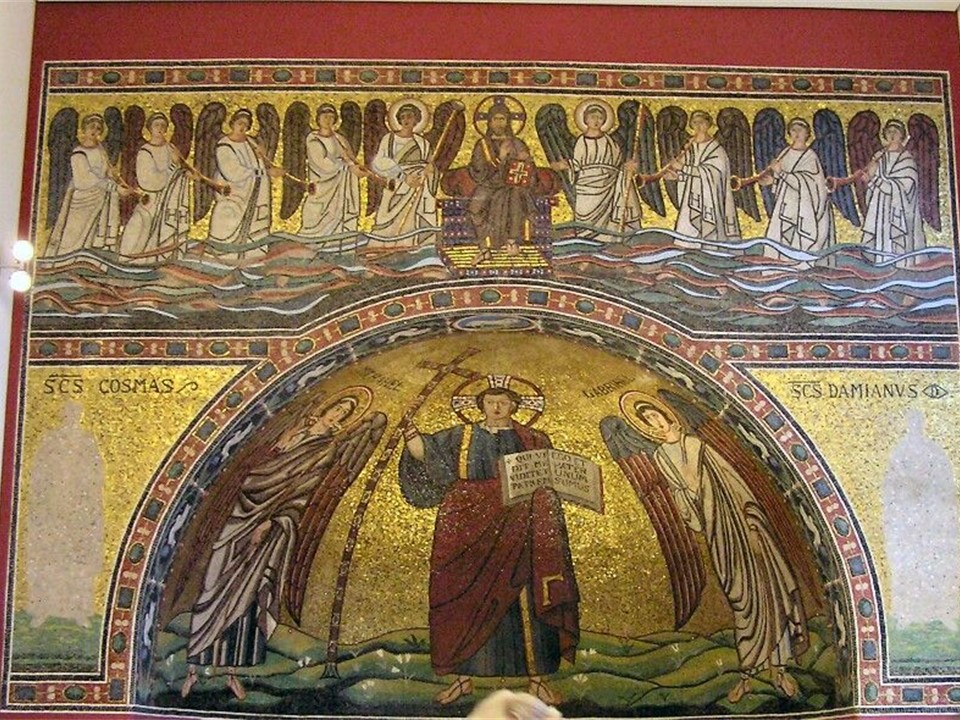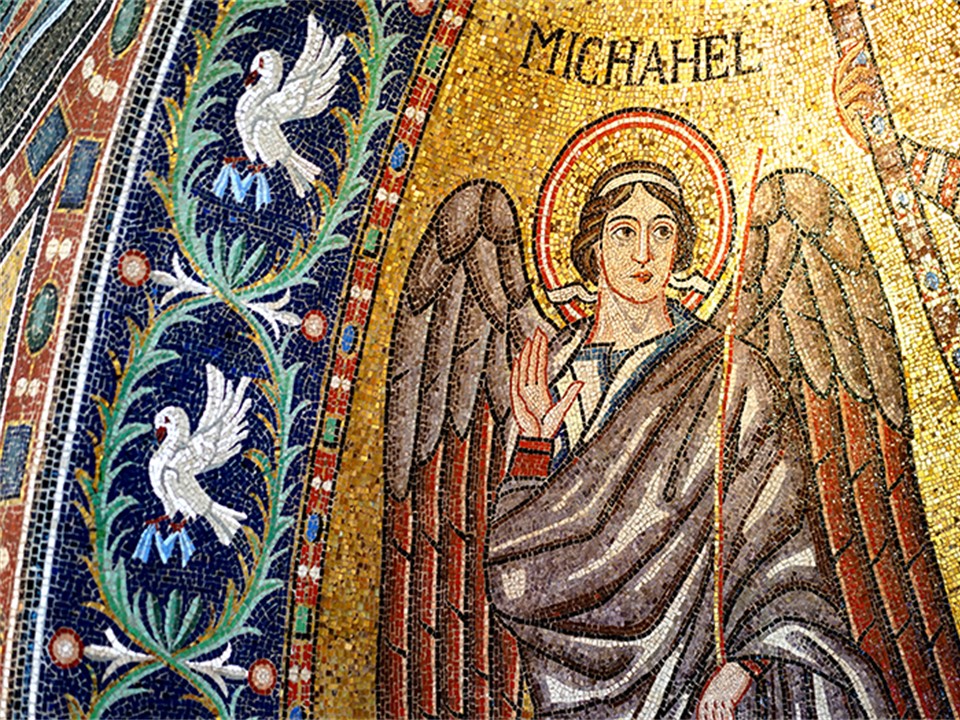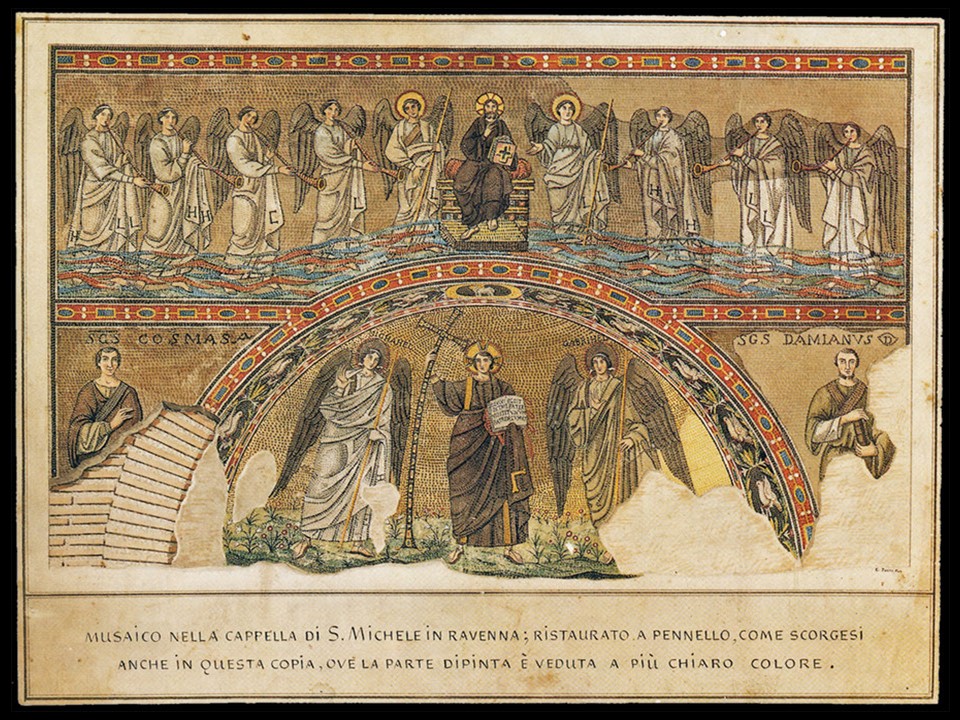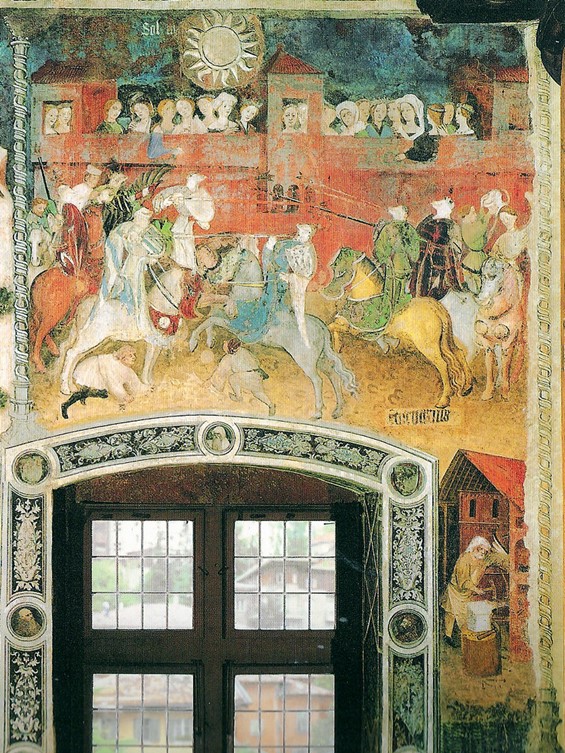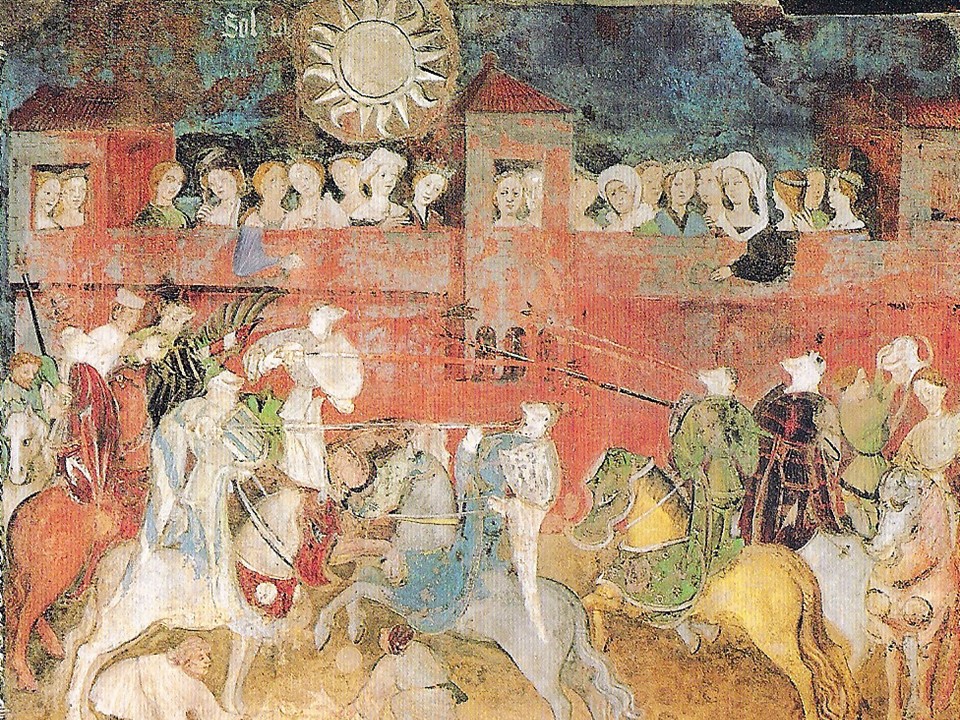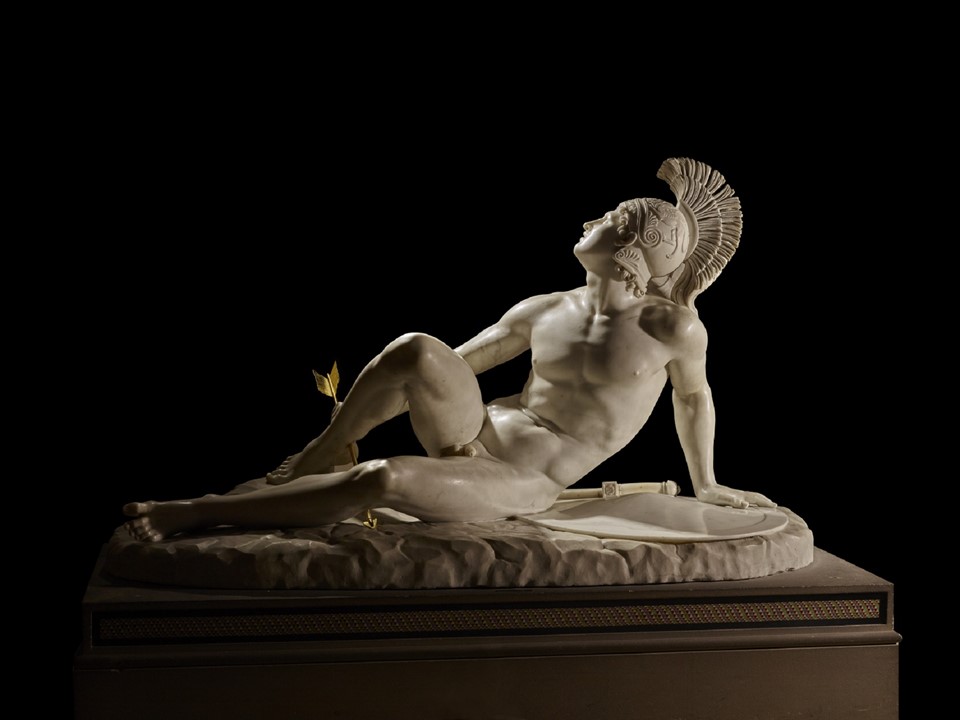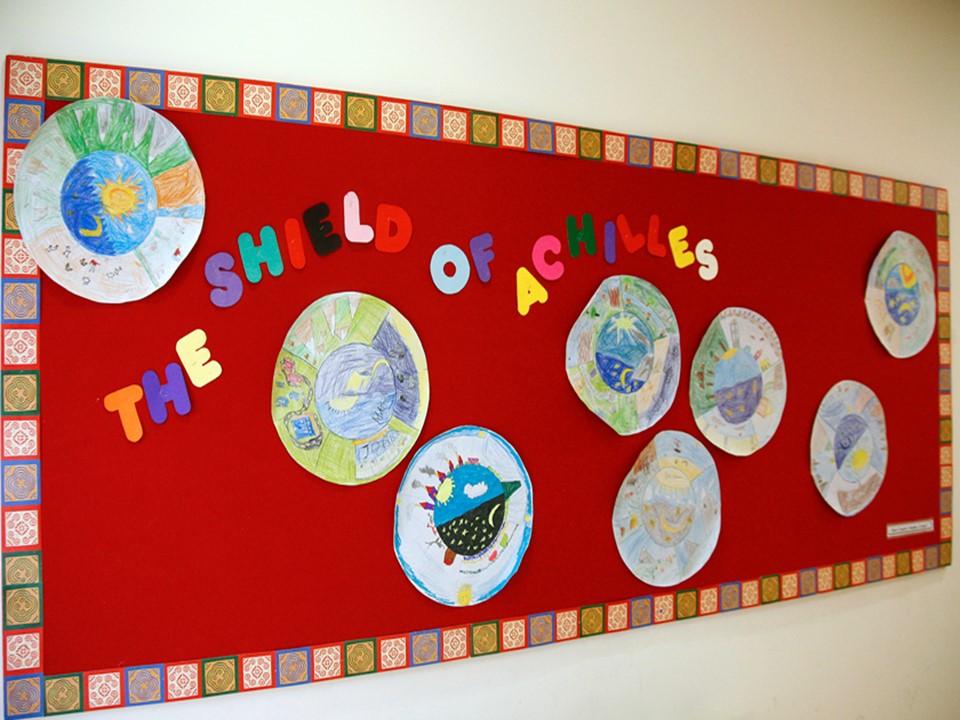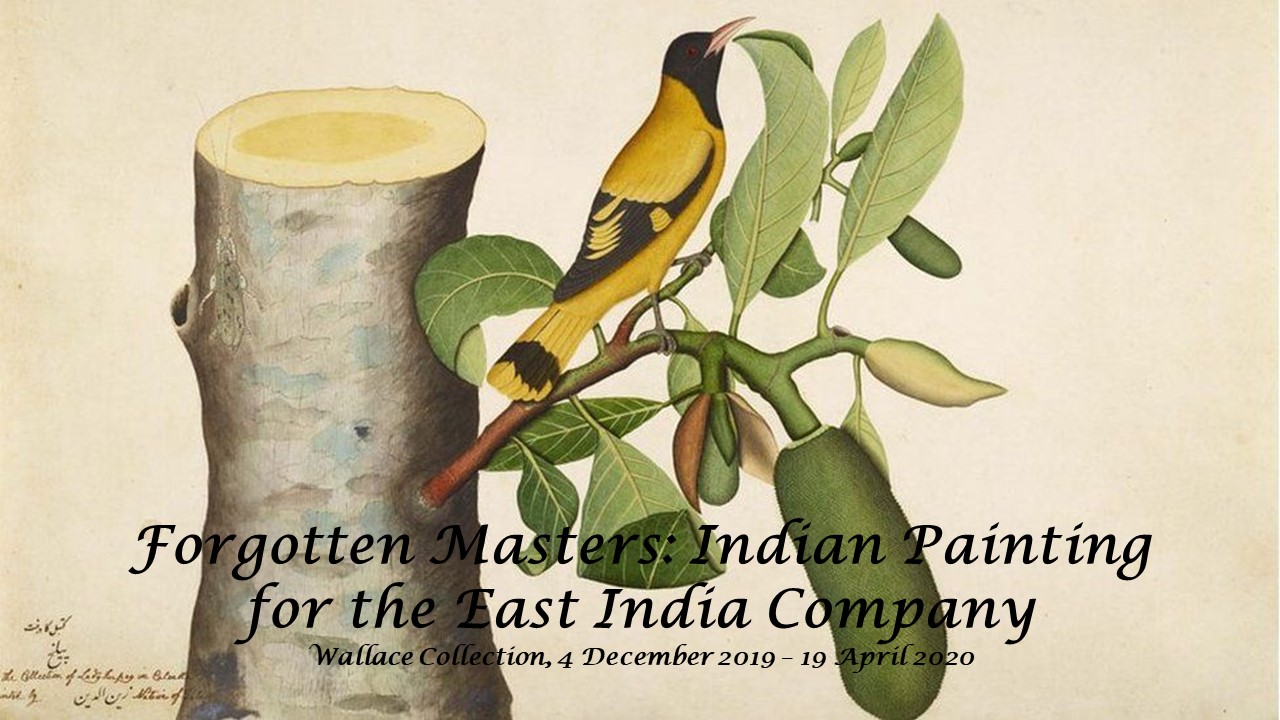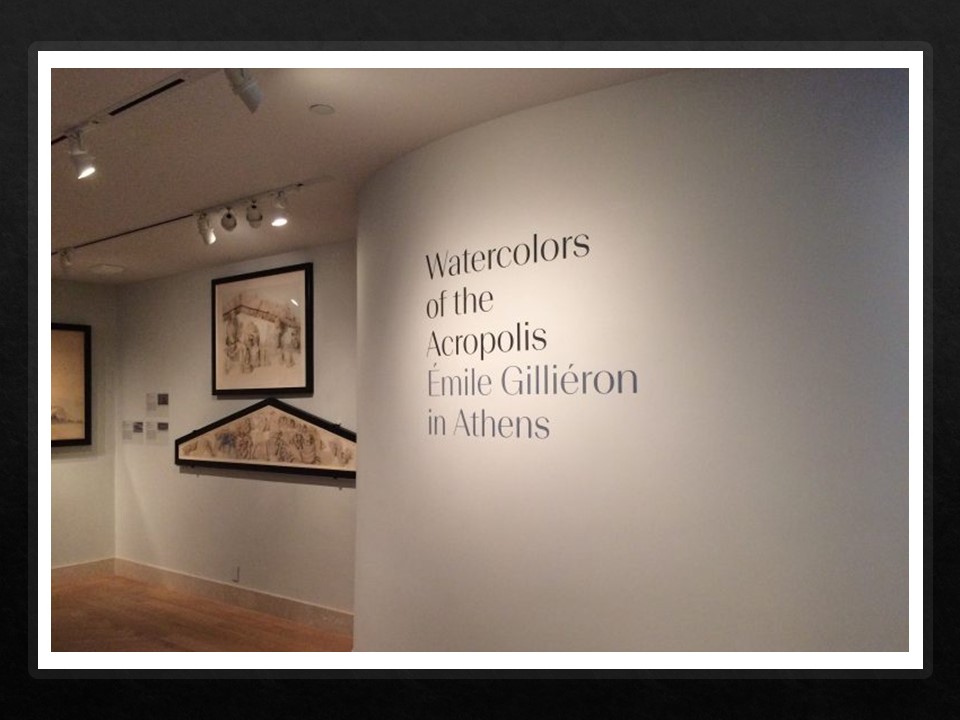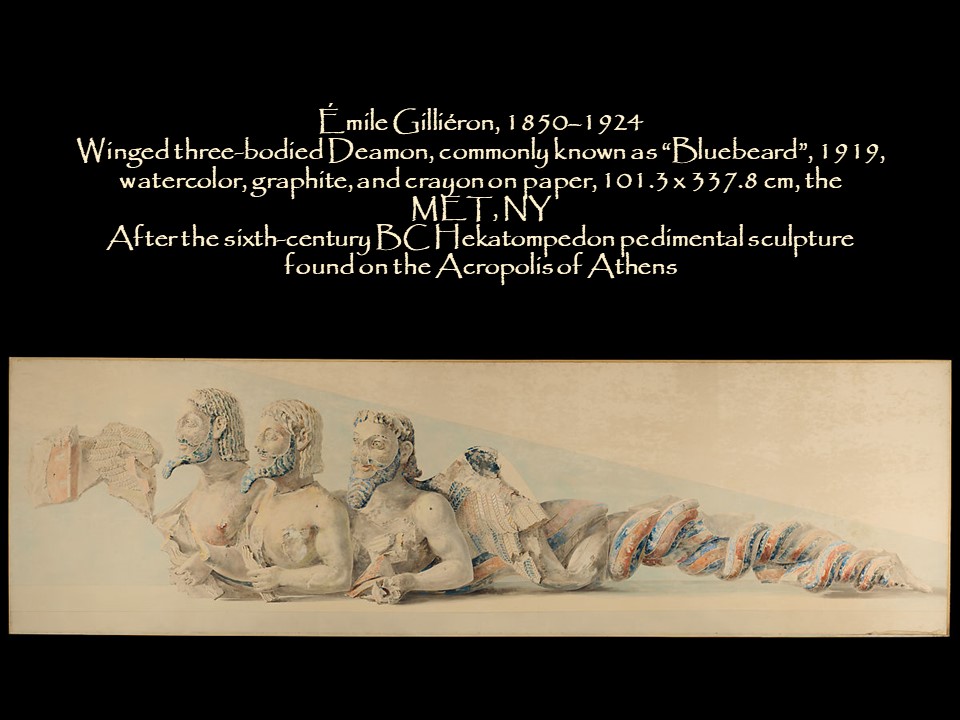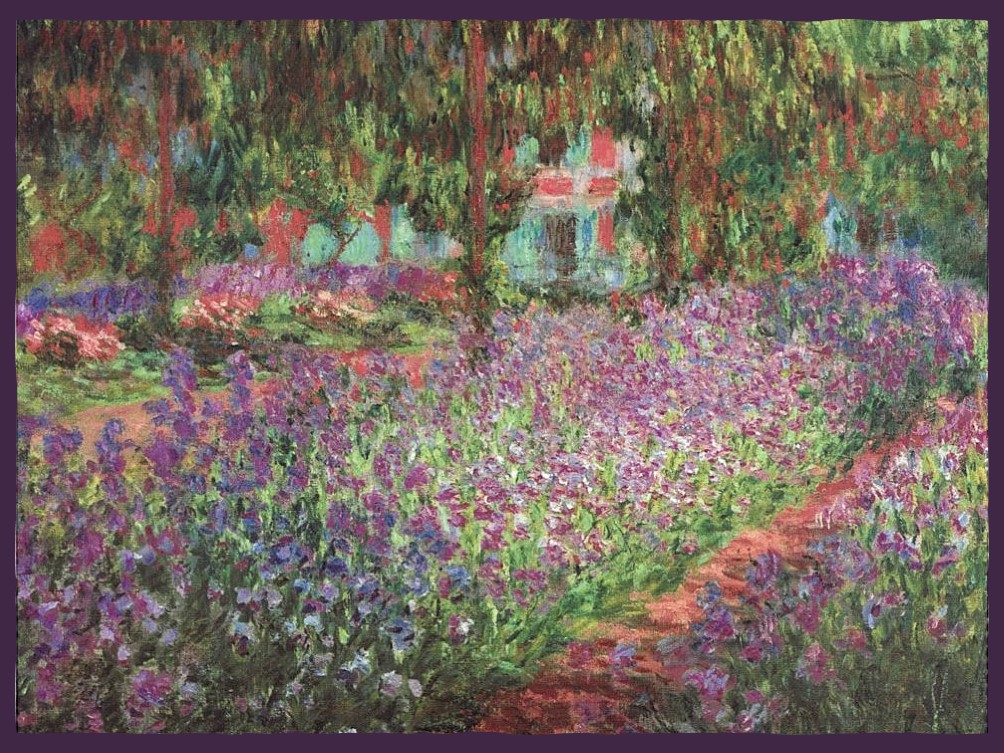
Monet’s Garten in Giverny, 1900, oil on canvas, 81.3 x 92.6 cm, Musée d’Orsay
Claude Monet once said that… Everyone discusses my Art and pretends to understand, as if it were necessary to understand, when it is simply necessary to love… During our COVID 19 Days, all you need is LOVE …and Art!
Our Spring Break Virtual Destination is very specific, a small FRENCH village called Giverny. This is where the great master of Impressionism, Claude Monet lived… Stay in the comfort of your HOME! Snack on something deliciously FRENCH! …and ACTION!
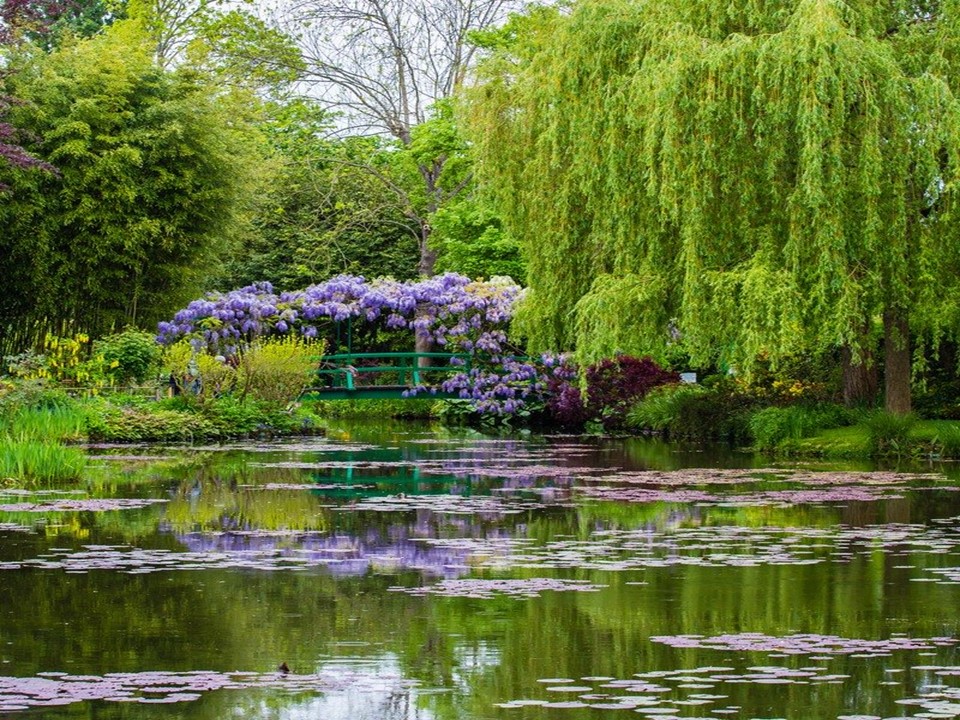
Let’s start our GIVERNY TOUR by bringing the beauty of SPRING into our Life with a VIRTUAL TOUR of Monet’s House at Giverny, where he created his famous Waterlilies Paintings https://fondation-monet.com/visite-virtuelle/
The following Video is an interesting Claude Monet Biography
Walking through Monet’s Giverny House you noticed how beautifully each room was decorated with Ukiyo-e Japanese Prints. This “exotic” art form greatly influenced Impressionist Art creating new energy and incorporating enormous innovation. Let’s use our imagination as a time machine, and follow Monet up when he says “Admirable… Hiroshige is a marvellous impressionist. Me and Rodin are filled with enthusiasm.… these Japanese artists confirm to me our visual position”. Enjoy a PowerPoint I prepared for my Art through the Ages students titled Impressionism and Japonism. https://drive.google.com/file/d/1a5HSUHJtNxV3LjLNLj2X8ovf86ly6_-b/view?usp=sharing
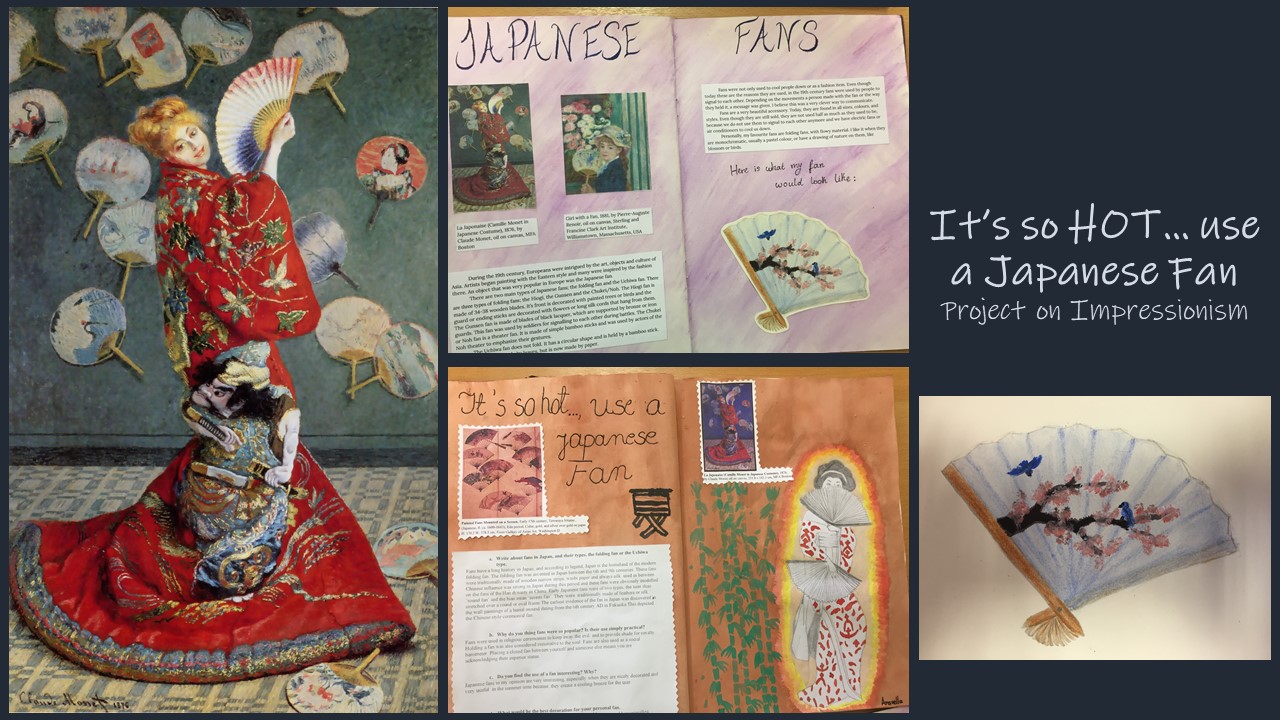
Movie Time in FRANCE of Impressionism …and more ACTION!
Exhibition on Screen: I, Claude Monet… Monet’s life… his sun-dazzled canvases and his feelings, as his art developed and his love of gardening led to the glories of his Giverny garden. His humour, insight and love of life are revealed and explored in this wonderful film… https://exhibitiononscreen.com/films/i-claude-monet/ and
Renoir… Set on the French Riviera in the summer of 1915, Jean Renoir – son of the Impressionist painter Pierre-Auguste – returns home to convalesce after being wounded in World War I. At his side is Andrée, a young woman who rejuvenates, enchants, and inspires both father and son. Rated R. https://www.imdb.com/title/tt2150332/ and
The Impressionists, a BBC Docudrama… “Three-hour mini-series tells the intimate history of the most illustrious brotherhood of Impressionist artists – Monet, Degas, Renoir, Cézanne and Manet. Entirely based on documentary evidence, special effects transport the viewer inside some of the world’s best-loved paintings, The Impressionists will recreate the illuminated landscapes, and haunting portraits of late 19th-century France.” https://www.imdb.com/title/tt0496201/
FOR those, much YOUNGER… An Art Activity… to exhibit Creativity!
FOOD Giverny style…
The Monet Cookbook: Recipes From Giverny... Claude Monet has become almost synonymous with his series of paintings of water lilies! Did you know that he was also a genial host and a food-loving gourmand? Monet “appreciated simple dishes made of fresh ingredients and prepared according to very basic yet authentic principles,” writes Florence Gentner, a museum consultant and author, most recently of The Monet Cookbook: Recipes From Giverny. https://www.amazon.com/Monet-Cookbook-Recipes-Giverny/dp/3791382888 and a wonderful Youtube video I highly recommend with Monet Recipes…
If in the mood for music, here are… The 9 Greatest French Chanson Songs https://theculturetrip.com/europe/france/articles/les-belles-chansons-fran-aises-classic-french-chanson-songs/
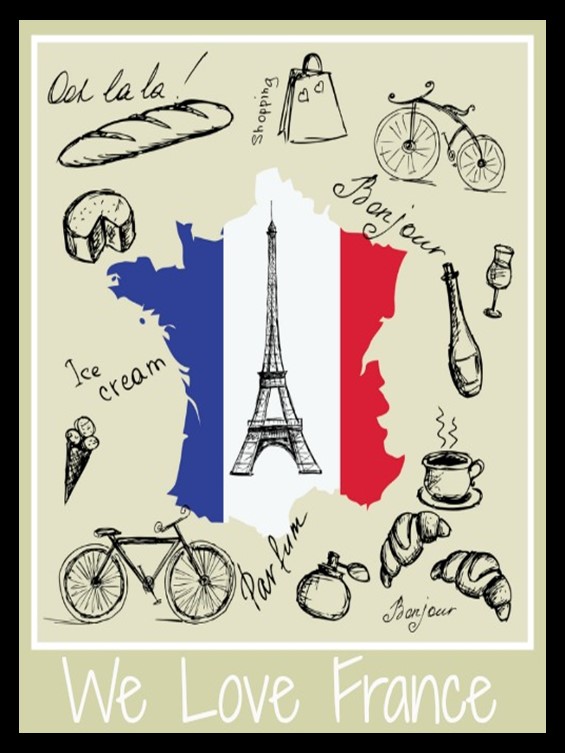
For the original Spring Break Virtual Destination document, please… Click HERE!
